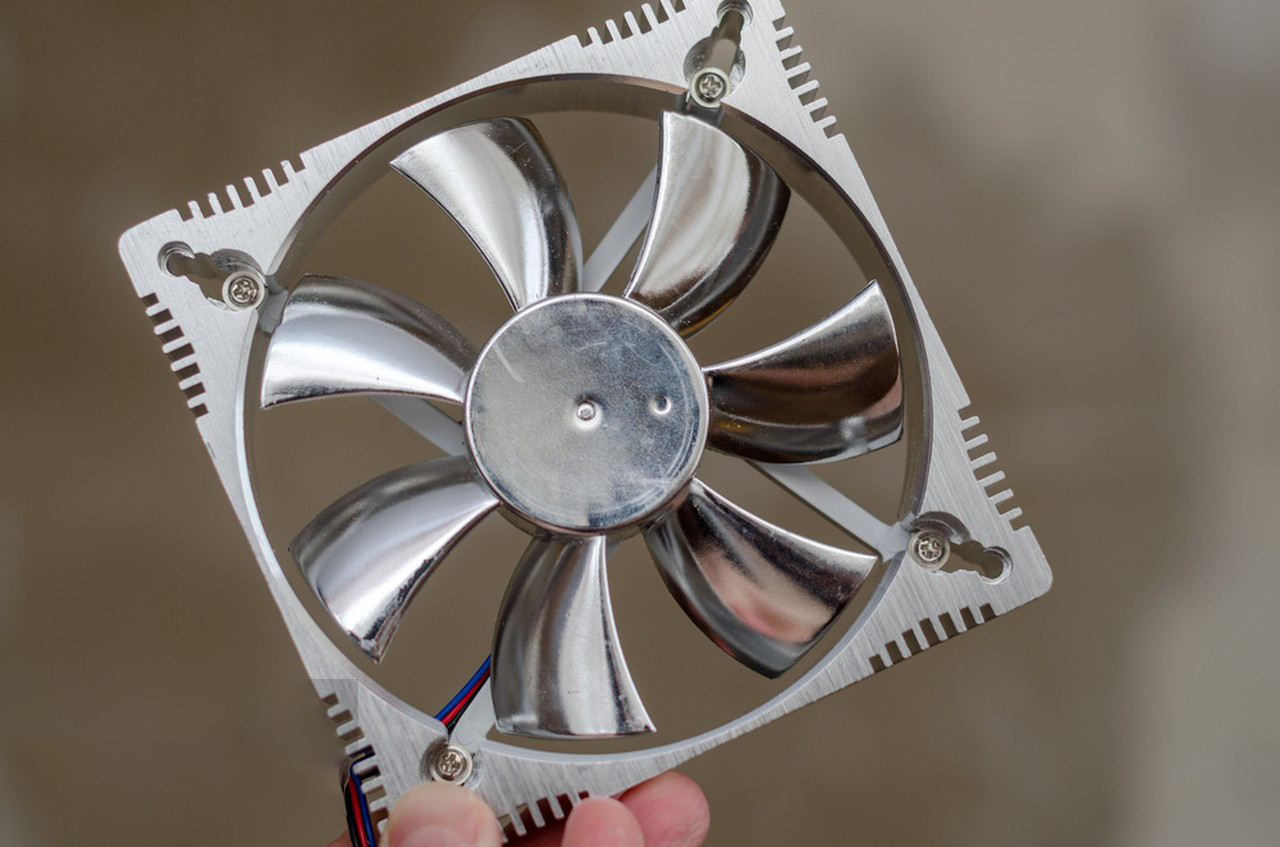The Dual 85 Standard—85°C high temperature and 85% relative humidity—is a critical benchmark for evaluating the reliability and durability of cooling fans. The ability of a fan to operate stably under such extreme conditions directly impacts equipment safety and lifespan. To meet this standard, cooling fans must exhibit exceptional resistance to heat and humidity.
1. High-Temperature Resistance
Cooling fans must maintain stable performance at 85°C, avoiding deformation, melting, or electrical degradation. Achieving this requires several design and material optimizations:
- Heat-Resistant Materials: Fan housings and blades typically use high-temperature PBT (UL94V-0 flame-retardant) plastic or aluminum alloys to maintain structural integrity in extreme heat.
- High-Temperature-Resistant Motors: Motors incorporate high-temperature enameled wires, heat-resistant insulation materials, and high-temperature lubricants to ensure continuous operation.
- Heat-Resistant Electronic Components: Circuit boards, capacitors, and resistors must use high-temperature-rated components to maintain electrical performance.

2. High-Humidity Resistance
Fans must function reliably in 85% relative humidity, without short circuits, corrosion, or performance degradation. To achieve this, several protective measures are implemented:
- Sealed Moisture Protection: Waterproof sealing, nano-coating, or fully enclosed designs prevent moisture from penetrating the motor and circuit board.
- Corrosion-Resistant Materials: Bearings and metal parts are made from stainless steel or anti-rust coatings to prevent rust and prolong lifespan.
- Protective Coatings: Conformal coatings on PCB boards shield against moisture damage, enhancing humidity resistance.
3. Additional Key Requirements
Beyond temperature and humidity resistance, fans must comply with industry and safety standards to ensure reliability:
- Electrical Safety: Compliance with UL, CE, and RoHS standards ensures safe circuit designs, preventing short circuits and overload risks.
- Electromagnetic Compatibility (EMC): Fans must have low electromagnetic interference (EMI) to avoid disrupting nearby electronic equipment while remaining unaffected by external EMI.
- Long-Term Reliability Testing: Fans undergo accelerated aging, salt spray, and shock vibration tests to verify consistent performance over extended operation.
4. Why Choose Cooling Fans That Meet the Dual 85 Standard?
Selecting a Dual 85-compliant cooling fan ensures efficient heat dissipation, reduced failure rates, and extended operational lifespan in harsh environments. As a professional manufacturer, Ruiapple Electric adheres to strict material selection, design optimization, and process control to guarantee reliable cooling solutions under extreme conditions. Contact us for customized, high-performance cooling fans tailored to your needs.






